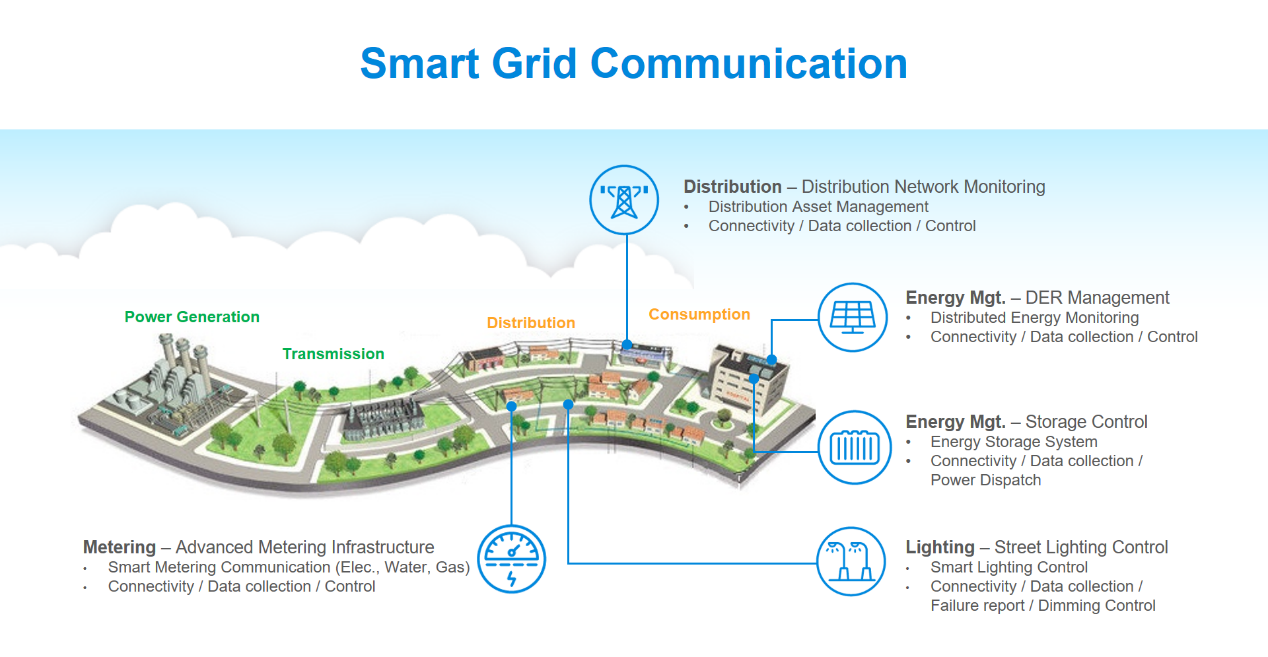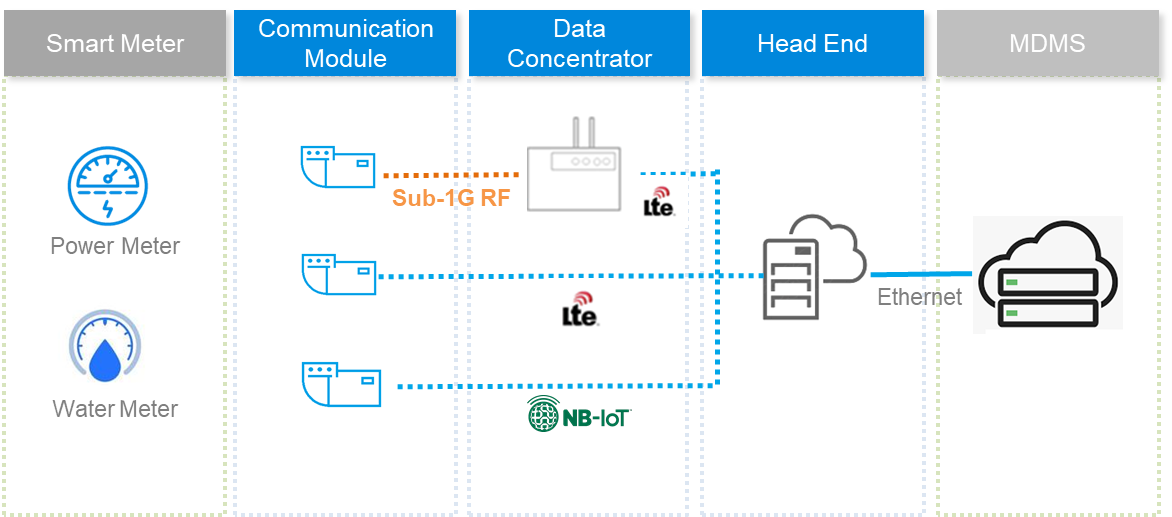This is an old revision of the document!
Notes from the literature
gridds : A Data Science Toolkit for Energy Grid Machine Learning
Recent research on distributed energy resources (DER) has been focused on aggregating data and feedback control to enhance the reliability and performance of energy grid. The ability to forecast load factor at transformers and substations can greatly improve demand and supply side load management. Similarly, detecting incipient failures for key devices in the system can reduce the entire grid failure, which effectively enhances the reliability of the energy grid. Machine learning models, such as fault detection and time series forecasting models, present new and innovative approaches to solving these aforementioned challenges [7, 10, 45].
[There] are many types of identifiable faults, ranging from arching faults, where errant electrical currents discharge energy over the course of several microseconds [11], to distribution management system faults corresponding to load flow over the course of several days [34], to incipient transformer faults over the course of months. Energy standards, such as the Institute of Electrical and Electronics Engineers (IEEE) Standard 1547, [4] and monitoring with wide area monitoring systems (WAMS) [32, 57] have enabled large scale data collection and storage. WAMS for numerous localities are recording and storing advanced metering infrastructure (AMI), outage management systems data (OMS) and supervisory control data acquisition (SCADA), and geographic information systems (GIS).

